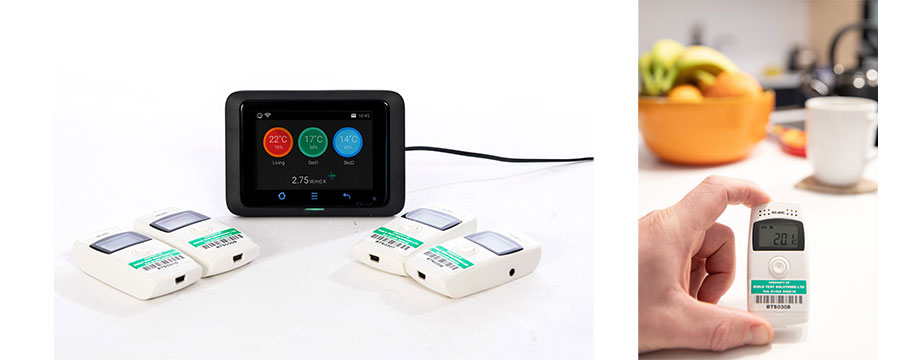By Luke Smith, managing director of Build Test Solutions

Luke Smith
The story of a Lewisham family awarded £20,000 by the Housing Ombudsman after the council failed to deal with damp and mould in their home made headlines this week.
The problem had gone on for eight years, newspapers reported, and even the children’s mattress and cot were affected.
Similar, if less extreme, stories regularly appear in the media and much of the reason can be laid at the door of the UK’s ageing housing stock.
But while accepting that tackling damp and mould in social housing may be a challenging and never-ending battle, there are lessons that councils can learn from this latest case.
I am sure that they will be looking closely at factors that caused the problem in the first place but there is a second area of concern; the ombudsman’s finding that Lewisham had failed to provide sufficient evidence to demonstrate it had taken steps to investigate the root cause.
With the first point, it comes down to the question: What causes damp and mould?
A lot of the problems in the Lewisham case were simply attributed to the residents’ lifestyle, the ombudsman said, but in fact there were a range of failings from the landlord.
I would say that issues such as these are often driven by a complex interrelationship between the underlying thermal performance of a property, the levels of heating and ventilation, and occupancy factors that drive moisture generation. Only by recognising this does it become possible to establish the root cause and the best action to take.
Thermal performance measurement
So, to the second point: Investigating and recording detail of the root cause. As the old saying goes, you can’t manage what you don’t measure.
Innovative low-cost thermal performance measurement and monitoring solutions can be deployed to help landlords proactively measure and understand both building fabric thermal performance as well as mould risk and ventilation system effectiveness. All factors that a housing stockowner largely has control over. Landlords can then use the data to choose the most effective interventions that will improve living conditions for residents, be it improving insulation levels, ventilation systems or the heating system or very simply providing better tailored advice and support to tenants.
By testing, providers can appreciate risk, cause and effects at a room-by-room level even before there are visible issues and certainly before the problem manifests and causes wider damage and upset.
Monitoring, measurement and control technology of today readily allows landlords and social housing providers to gain an overall insight into their properties looking at factors like energy consumption, internal temperatures, humidity and CO2 levels within a property. This can all be done without impacting on resident privacy, which is sometimes raised as a concern.
It’s not all one-way traffic. Many such systems can also be used by tenants to send messages to the housing provider, asking for specific support, which can be backed up by the data that is being received.
Both should then feed an open dialogue between resident and landlord and help them to take a broad range of measures that can reduce the risk of damp and mould.

Left: SmartHTC from BTS; Right: Temperature sensor
Technology that predicts as well as reacts
Central to what’s driving innovation in this field is not just how cost effectively data can be collected but more importantly how these datasets can be overlaid and interpreted. Energy or temperature data in isolation only represents the tenant’s behaviours but when combined you can determine how well a property retains heat and where in a home this is the greatest risk of mould growth and why.
Our own SmartHTC algorithms, for instance, provide a definitive measure of the thermal performance of a building. It assesses the heat loss rate but crucially also the mould and condensation risk, providing live overall scores and individual room risk scores, which landlords and tenants alike can use to proactively undertake mitigating measures.
With Lewisham Council undertaking a stock condition survey of all their housing stock and committing to a capital programme running into hundreds of millions, the need for appropriate, effective measurement and testing is key to getting on top of the problem.
In the case of Lewisham, the ombudsman concluded: “It is crucial landlords learn lessons so that funding can go into services rather than redress service failings.”
The cost of smart technology to predict, monitor and tackle mould is relatively low if you consider the alternative: Unhappy tenants and – in this case – a huge fine for the council.
Images © BTS
- Log in to post comments















